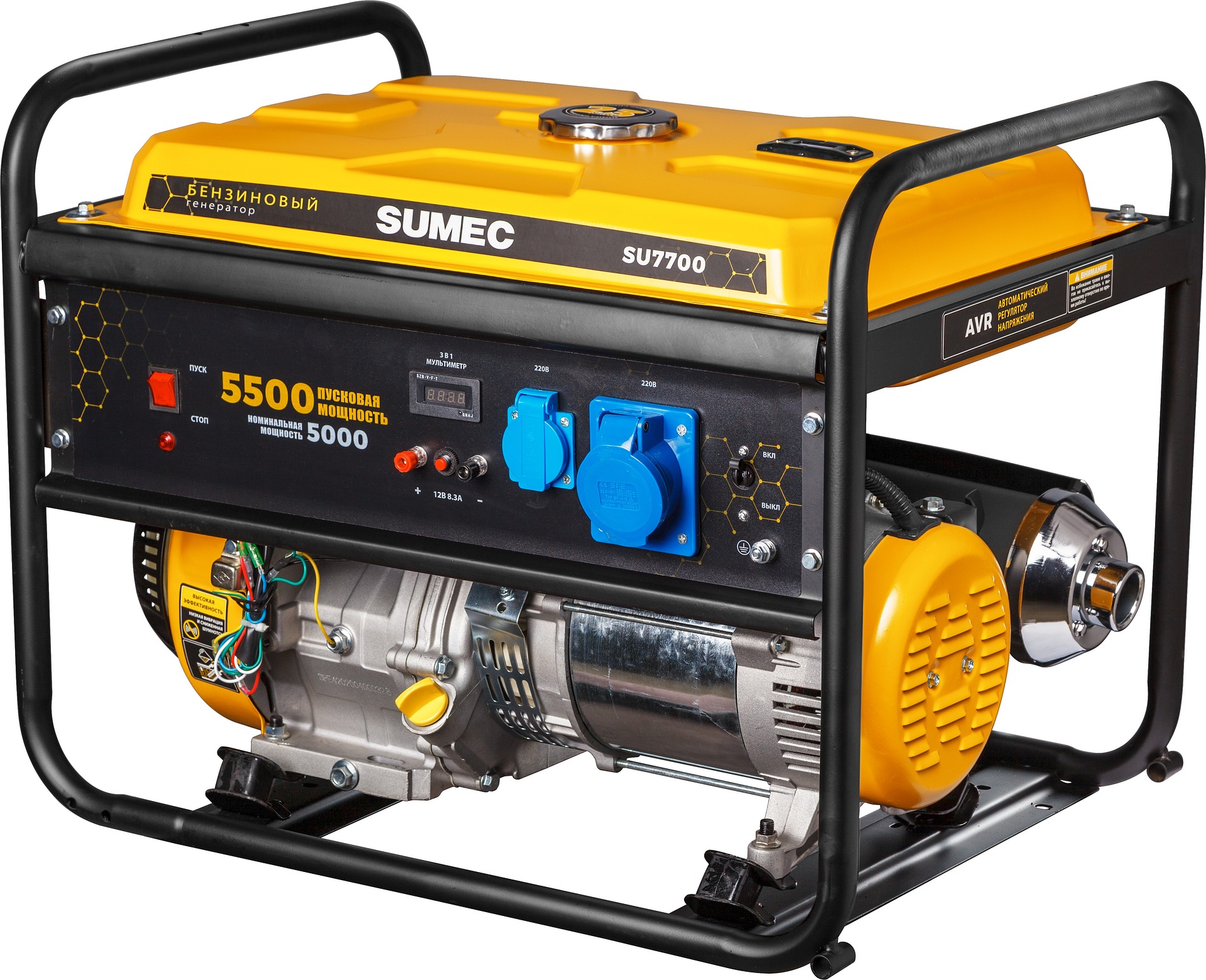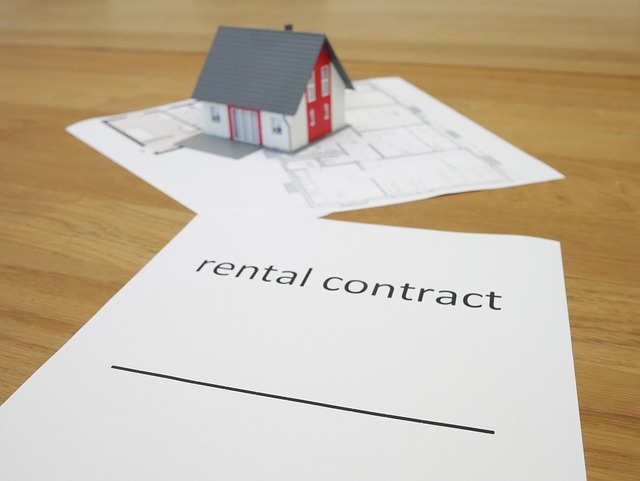Reliable Power Generators for Home and Business Use
Power generators provide critical backup during outages, operating on fuel sources like petrol diesel or propane. Portable units are lightweight and compact, suitable for temporary deployment around homes or work sites. Standby generators offer automatic switching to power essential circuits when the grid fails.

What Are the Different Types of Power Generators?
Power generators come in two primary categories: portable and standby generators. Portable generators are mobile units typically weighing between 30-100 kg, designed for temporary power needs. They can be easily transported to different locations and are ideal for outdoor events, construction sites, or emergency backup. Standby generators, conversely, are permanently installed stationary units connected directly to a building’s electrical system, automatically activating during power outages.
How Do Portable and Standby Generators Differ?
Portable generators offer flexibility and range from 1,000 to 10,000 watts, suitable for powering essential appliances during short-term disruptions. They require manual setup and fuel management. Standby generators, ranging from 7,000 to 150,000 watts, provide comprehensive power coverage for entire properties. These systems automatically detect power loss and transition seamlessly, offering uninterrupted electricity without manual intervention.
Safety Guidelines for Generator Operation
Operating generators requires strict adherence to safety protocols. Never use generators indoors or in enclosed spaces due to carbon monoxide risks. Always position generators at least 6 meters from buildings, with exhaust pointing away from windows and doors. Ensure proper ventilation and use heavy-duty outdoor-rated extension cords designed for generator use. Wear protective equipment and avoid refueling while the generator is running or hot.
Essential Maintenance Practices for Generator Reliability
Regular maintenance extends generator lifespan and ensures reliable performance. Conduct monthly visual inspections, checking for fuel leaks, damaged components, and proper oil levels. Change oil every 50-100 operating hours, replace air filters annually, and maintain clean fuel systems. Store generators in dry, cool locations and use fuel stabilizers for extended periods of inactivity. Professional servicing every 12-18 months is recommended for comprehensive maintenance.
Generator Cost and Provider Comparison
| Generator Type | Average Cost Range | Typical Capacity | Best For |
|---|---|---|---|
| Portable Generator | £300 - £1,500 | 2,000-10,000 watts | Home emergency, outdoor events |
| Standby Generator | £2,500 - £15,000 | 7,000-150,000 watts | Whole-house backup, businesses |
| Inverter Generator | £500 - £3,000 | 1,000-7,000 watts | Sensitive electronics, camping |
Prices, rates, or cost estimates mentioned in this article are based on the latest available information but may change over time. Independent research is advised before making financial decisions.
Choosing the Right Generator for Your Needs
Select a generator based on your specific power requirements, considering wattage needs, fuel type, and intended usage. Assess the total wattage of devices you’ll power simultaneously and choose a generator with 20% additional capacity for safety margin. Consider noise levels, fuel efficiency, and portability when making your selection.
Power generators represent a critical investment in continuous electricity supply, providing peace of mind during unexpected power disruptions. By understanding different generator types, safety guidelines, and maintenance practices, you can make an informed decision that meets your home or business power needs.




